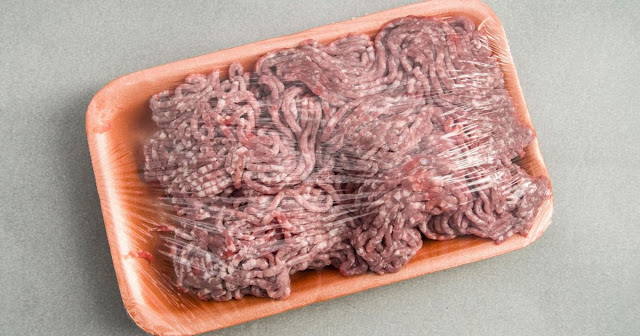ADVERTISEMENT
Is It Safe to Eat Ground Beef That Looks Gray? Understanding Meat Color and Safety
When you open a package of ground beef, the first thing you probably notice is the color. Fresh ground beef is typically a vibrant red or pink. But sometimes, you might see ground beef that has turned gray or brown. This can be concerning, especially if you’re not sure whether it’s still safe to eat. So, is gray ground beef a sign of spoilage, or is it still good to cook?
In this article, we’ll explore what causes ground beef to change color, how to tell if it’s safe to eat, and what factors to consider when deciding whether to cook or discard your beef. Understanding the science behind meat color and spoilage will help you make informed decisions in the kitchen and avoid unnecessary food waste.
Why Does Ground Beef Turn Gray?
To understand whether gray ground beef is safe to eat, it’s important to know why beef changes color in the first place. Fresh ground beef is often a rich red because it contains a protein called myoglobin. Myoglobin binds with oxygen, which gives the meat its red hue. When ground beef is exposed to oxygen, it stays red for a while, which is why the freshness of the meat is typically associated with its bright color.
However, gray beef is not necessarily a sign of bad meat. Ground beef may turn gray for several reasons:
- Lack of Oxygen Exposure:
- Ground beef can turn gray when it’s stored in a sealed package or when it’s not exposed to enough oxygen. The meat undergoes a process known as oxidation, where the myoglobin protein loses its oxygen and changes color. This is why meat on the bottom of the packaging, or beef that’s been vacuum-sealed, might appear gray while the top layer remains red.
- Older Meat:
- As ground beef ages, its color can change. While red beef may eventually turn brown or gray due to the natural breakdown of myoglobin, this doesn’t necessarily indicate spoilage. The color change is a natural process and is often more noticeable in ground meat because of its increased surface area.
- Storage Conditions:
- Improper storage can also cause ground beef to lose its vibrant red color. If the meat has been stored in the fridge for several days, especially past its sell-by date, it may turn gray or brown as it ages. However, this doesn’t automatically mean the beef is bad—just that it’s older.
- Freezing:
- Ground beef that’s been frozen and then thawed may also appear gray or brown in spots. Freezing can cause the meat’s color to change, but this doesn’t affect its safety, as long as it’s been stored correctly and hasn’t been in the freezer for an extended period.
Is Gray Ground Beef Safe to Eat?
The short answer is that gray ground beef can still be safe to eat, as long as it hasn’t been contaminated or gone bad in other ways. The color change itself is generally not an indicator of spoilage. However, there are some important factors to consider when determining whether the ground beef is still safe to cook.
Here are some things to look out for:
1. Smell:
- The smell of ground beef is one of the most reliable indicators of whether it’s still safe to eat. Fresh beef has a neutral, slightly metallic smell. If the ground beef smells sour, off, or putrid, this is a sign that bacteria have started to grow, and the meat should be discarded.
2. Texture:
- Ground beef should feel moist but not slimy or sticky. If the meat feels slimy or has a mushy texture, it could be a sign that it has started to spoil. Bacteria or other pathogens could have caused this change, so it’s better to throw the meat away.
For Complete Cooking STEPS Please Head On Over To Next Page Or Open button (>) and don’t forget to SHARE with your Facebook friends
ADVERTISEMENT
